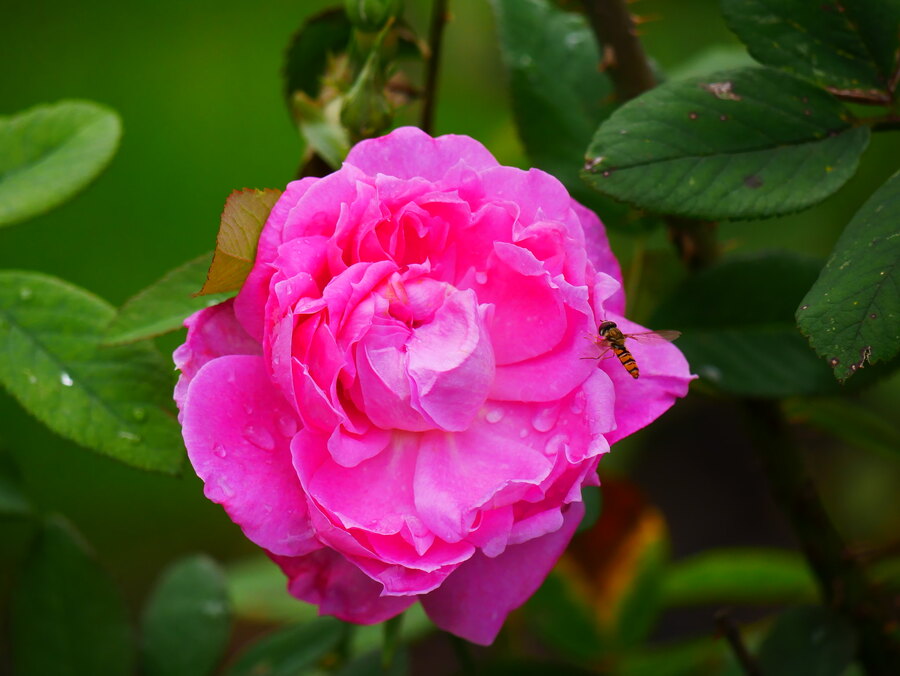


Written on February 28, 2019 & updated on June 28, 2022
While image attribution isn’t always required, there are instances when the best image for the job requires attribution (by law). This short guide explains where to find blog images, which images need attributing and how to attribute your images correctly.
Some websites, such as Unsplash and Pixabay have a sizeable library of images that have been marked as needing no attribution, but there are other sites (such as Flickr and Wikimedia Commons) where some images are offered free of charge in return for attribution.

You are allowed to use and adapt this creative work in any way, but you must also attribute.

You can use this work but you must not adapt it. You must also attribute.

You are allowed to use and adapt this creative work in any way for non-commercial purposes. You must also attribute.

You are allowed to use this creative work for any purpose, but you must attribute and licence the work by the same or a compatible licence (see “what is CC BY SA?” below).
You may come across combinations of the above Creative Commons licences, such as:
In all cases, should you choose to use this material, be careful to follow the license accurately.
The Creative Commons licence ‘CC BY SA’ means you can use this image freely as long as you license any adaptions to the same or a compatible licence.
| Original license | You must license your image |
|---|---|
| CC BY SA 1.0 | CC BY SA (only) |
| CC BY SA 2.0 | CC BY SA 2.0 (or later version of CC BY SA) |
| CC BY SA 4.0 | CC BY SA 4.0 (or later version of CC BY SA) |
For further details, see Creative Commons Compatible Licences.
When attributing an image, the best practice is to remember the acronym TASL, this stands for Title, Author, Source, Licence.
If the author(s) has named their work, use this name. If not, don’t worry.
In most circumstances, you should name the author(s) of the material. Sometimes, the author may ask you to give credit to an organisation website or pseudonym — this is their prerogative. In some cases, the licensor may not want to be attributed at all. In all of these cases, follow their instruction.
Where did you source the image? Provide the source of the image so that others can find it, too. Assuming this was found on the internet, provide a link or URL of the image’s origin.
What licence has the author chosen for their creative work? Be sure to state and link to the licence on Creative Commons.
Example:

Unless given explicit permission, avoid using or modifying images that may have full copyright. Copyright is automatic and, therefore, you should assume that works are copyrighted unless stated otherwise.
There are some exceptions to this rule, with regards to fair usage, but that is a more complicated subject which I will cover in a future post.
When using images you find online, always check the licence, assume that the work is copyrighted unless otherwise stated. In some cases, the licensor will be explicit on how they want the image to be attributed. If not, refer to the guidelines of the given licence.
I hope you find this guide to Creative Commons attribution and licences useful. If you do, please share with someone who you think may benefit from this guide.